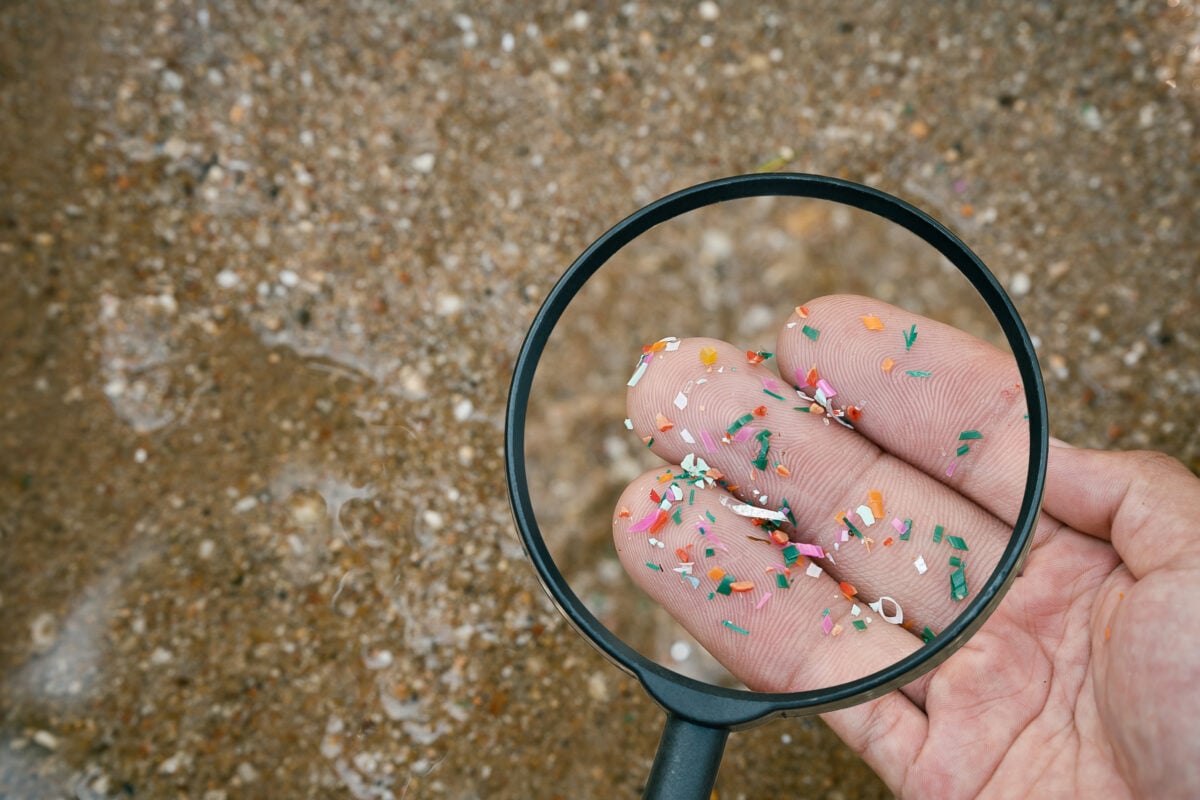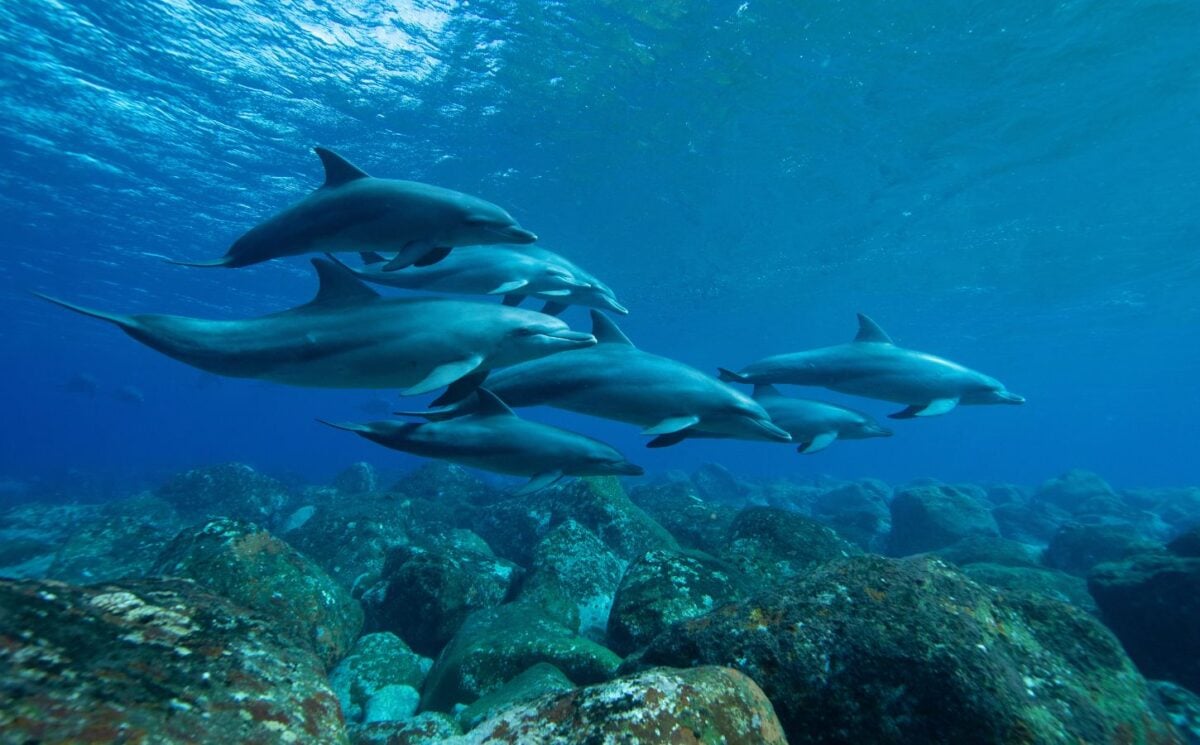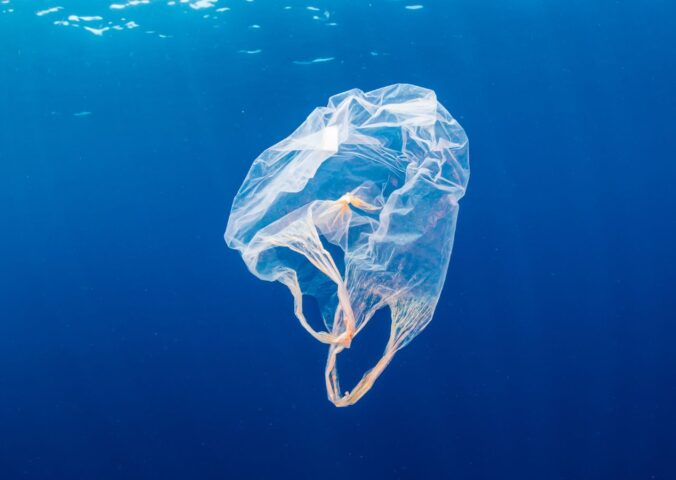A new study reports evidence of microplastic inhalation in dolphins.
Read more: Plastic Bags On Beaches Have Reduced By 80% Since Charge Introduced
Research journal Plos One published the study earlier this month, which is titled First Evidence Of Microplastic Inhalation Among Free-ranging Small Cetaceans.
Where previous research has found widespread exposure to plasticizing chemicals and particle loads inside the digestive tracts of bottlenose dolphins, this is the first time inhalation exposure has been studied. The researchers concluded that inhalation is likely a source of microplastic exposure, which may lead to lung damage and other unforeseen complications.
The researchers note in the study that all of the dolphin samples they collected contained at least one suspected microplastic particle, and that human epidemiological studies have previously linked microplastic inhalation with oxidative stress and inflammation.
They also suggest that more research is needed to understand the extent of inhaled microplastics and to explore the potential negative health outcomes in detail.
Read more: Plastic-Eating Fungi Could Help Tackle Plastic Pollution
Dolphins may be particularly vulnerable to microplastic inhalation

Microplastics are created by the degradation of larger pieces of plastic within the environment. Around eight million pieces of plastic end up in the ocean every single day, and approximately 80 percent of all marine debris is plastic. As much as 358 trillion microplastic particles are floating on the surface of oceans around the world, with even more throughout its depths. A significant chunk of ocean plastic pollution comes from discarded fishing nets.
According to the new research, microplastics distributed into the air via the ocean’s surface may be responsible for the particulate found in dolphins’ breath. Speaking to Science Daily, researchers noted how the extremely deep breaths and lung capacity of dolphins could make them particularly vulnerable to damage from inhaled microplastics.
“This really highlights how polluting plastic is,” said Leslie B. Hart, lead researcher for the new study and co-director of the Center for Coastal Environmental and Human Health at South Carolina’s College of Charleston, as reported by The New York Times. “We have plastic everywhere. There’s really no safe place to get away from it.”
Read more: Notpla Secures £20 Million In Funding For Plastic-Free Seaweed Packaging






